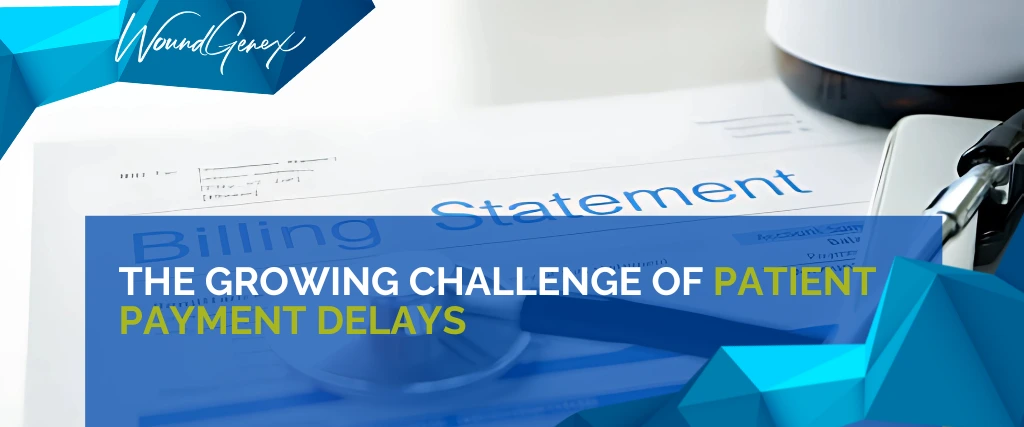The Growing Challenge of Patient Payment Delays
Home » Healthcare Policy & Compliance » The Growing Challenge of Patient Payment Delays

1. Increased Patient Financial Responsibility
Over 55% of insured Americans are now enrolled in high-deductible health plans (HDHPs), meaning they must cover more medical expenses out-of-pocket before insurance applies.
The average deductible for employer-sponsored plans has risen to $1,735 per individual, delaying provider payments as patients struggle with costs. (KFF.org)
2. Rising Medical Debt and Non-Payments
Over 100 million Americans carry unpaid medical debt, with 15% of patients delaying or skipping payments due to financial difficulties. (Health Affairs)
30% of patient balances remain unpaid after 90 days, leading to significant revenue losses for providers.
3. New Executive Orders Affecting Patient Collections
Recent executive orders have added new complications for healthcare providers trying to collect payments:
Rescission of Drug Pricing Initiatives
The reversal of 2022 drug pricing reforms removes caps on copayments for generic medications and FDA-approved drugs, increasing costs for patients.
This could result in more patient payment delays as individuals face higher out-of-pocket expenses for necessary prescriptions. (MediaRelations.GWU.edu)
Regulatory Freeze on Healthcare Rules
The temporary freeze on healthcare regulations includes medical debt reporting policies and overdraft fee limitations, creating uncertainty in billing procedures.
Potential Medicaid and Federal Funding Cuts
The administration is reviewing $2.3 trillion in potential Medicaid cuts, which could reduce coverage and payment rates for providers.
More uninsured patients and lower Medicaid reimbursements will increase financial strain on providers. (Reuters.com)
Given these policy shifts, providers must proactively adjust their patient collection strategies to ensure timely payments and financial stability.
Best Strategies to Improve Patient Collections in 2025
1. Implement Clear and Transparent Pricing Estimates
78% of patients want upfront cost estimates before receiving treatment to avoid surprise bills. (RevCycle Intelligence)
Unexpected medical bills are the #1 reason for delayed payments.
Action Steps:
Use real-time patient estimation tools to provide transparent pricing
Implement pre-service financial counseling to educate patients on their responsibilities.
2. Adopt Digital Payment Solutions for Faster Processing
70% of patients prefer mobile or online payments over traditional billing. (PYMNTS.com)
Providers using digital invoicing see a 20% increase in collection rates.
Action Steps:
Offer text-to-pay and mobile payment options with automated reminders.
Encourage Patients to pay using their Patient Portal connected with your EMR.
Enable autopay enrollment for recurring patient charges.
Accept Apple Pay, Google Pay, and PayPal for added convenience.
3. Offer Flexible Payment Plans and Financing Options
60% of patients are more likely to pay when offered installment plans.
Medical financing programs increase collection rates by 30%.
Action Steps:
Provide interest-free payment plans for struggling patients.
Partner with third-party financing services like CareCredit, Affirm, or Klarna.
Offer discount incentives for upfront payments.
4. Automate Patient Billing and Follow-Ups
40% of overdue accounts are collected faster when automated reminders are used. (Becker’s Hospital Review)
Paper billing delays payments by 30-45 days on average.
Action Steps:
Send automated email and SMS reminders for upcoming payments.
Use AI chatbots to answer patient billing questions.
Implement self-service portals where patients can pay bills 24/7.
